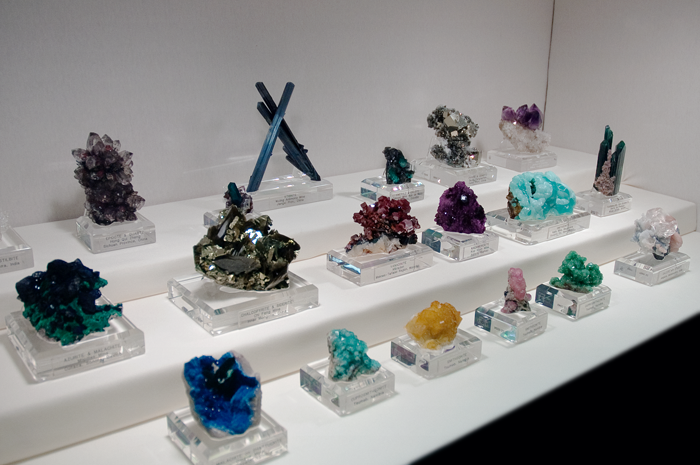
Congratulations on creating beautiful lapidary pieces! Now comes the exciting part: showcasing your hard work and transforming your stones into stunning works of art. Whether you're setting gemstones in jewelry or displaying cabochons, carvings, or sculptures, the right presentation can elevate your creations and capture their full brilliance. This guide will walk you through various settings and displaying techniques to help you proudly present your lapidary masterpieces.
Setting Techniques for Jewelry
Jewelry settings are not only functional but also an artistic element that enhances the beauty of your stones. Here are some popular setting techniques:
- Bezel Setting: A classic and secure option, the bezel setting encircles the stone with a metal rim, protecting it from damage while offering a clean, modern look. Variations include a full bezel (completely enclosing the stone) and a partial bezel (exposing portions of the stone's edge).
- Prong Setting: This elegant setting uses metal prongs to hold the stone, allowing for maximum light penetration and brilliance. Prong styles include round, square, V-shaped, and double prongs, each offering a different aesthetic.
- Channel Setting: Stones are set in a continuous channel within the metal, creating a sleek and seamless look. This setting is popular for showcasing multiple stones in a row.
- Bead Setting: This intricate technique involves pushing tiny beads of metal over the edge of the stone to secure it. It creates a delicate and decorative effect.
- Flush Setting: A minimalist option, the flush setting involves setting stones level with the surface of the metal, offering a clean and modern look.
- Pavé Setting: This dazzling setting features numerous small stones set closely together, creating a sparkling surface that catches the light.
Displaying Cabochons and Faceted Stones
Jewelry Settings:
The most common way to display cabochons and faceted stones is by incorporating them into jewelry pieces. Rings, pendants, earrings, and bracelets offer stunning canvases to showcase your lapidary work.
Display Stands and Cases:
Individual stands or cases are ideal for presenting loose stones or finished jewelry. Choose from a variety of materials like wood, acrylic, or velvet, and select a style that complements your pieces (e.g., modern, rustic, vintage).
Displaying Sculptures and Carvings
Pedestals and Bases:
Elevate your sculptures and carvings with pedestals or bases. Materials like wood, metal, or stone can enhance the overall aesthetic. Simple designs can highlight the stone's natural beauty, while more ornate bases can add a touch of drama.
Lighting:
Proper lighting is crucial for highlighting the intricate details and textures of your sculptures. Consider using spotlights, track lighting, or natural light sources to accentuate the stone's features.
Backgrounds:
Neutral backgrounds like white or black can make your sculptures stand out. Alternatively, you can use textured or colored backgrounds for artistic effect.
Other Display Options
- Shadow Boxes: Create a dramatic presentation for smaller lapidary pieces by enclosing them in shadow boxes.
- Wall Displays: Use shelves, brackets, or hanging displays to showcase multiple pieces, creating an eye-catching arrangement.
- Creative Displays: Think outside the box and incorporate your lapidary creations into functional objects like bookends, paperweights, or decorative bowls.
Tips for Effective Display
- Consider the Scale: Ensure that your displays are proportionate to the size of your pieces. Small, delicate items may be overwhelmed by large displays, while larger pieces may need more substantial stands or bases.
- Group Similar Pieces: Create a cohesive look by grouping items based on color, material, or theme.
- Create Focal Points: Use lighting and strategic placement to draw the viewer's eye to your most impressive pieces.
- Rotate Your Displays: Keep your displays fresh and interesting by periodically changing them up.
Showcasing Your Artistry
Setting and displaying your lapidary creations is an opportunity to share your artistry with the world. By carefully selecting the right presentation methods, you can enhance the beauty of your work and create a lasting impression.
